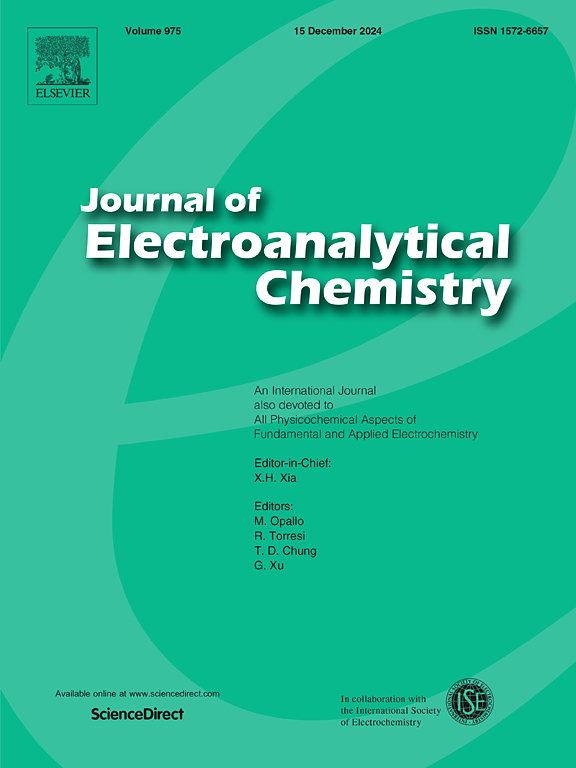Storage mechanisms, modification strategies, and prospects of hard carbon anode for sodium-ion batteries
IF 4.1
3区 化学
Q1 CHEMISTRY, ANALYTICAL
引用次数: 0
Abstract
Hard carbon (HC) functions as a crucial anode component in sodium-ion batteries (SIBs), distinguished by its substantial specific capacity, extended lifespan, and excellent cycling performance. Given the swift growth of electric vehicles and sustainable energy storage applications, the requirement for efficient SIBs has surged, prompting considerable advancements in HC anode research. Diverse synthesis techniques, including high-temperature pyrolysis, chemical vapour deposition, and solvothermal methods, have been developed to produce HC materials exhibiting varied morphologies and structures, thereby accommodating different application requirements. Additionally, surface and doping modifications to HC materials have demonstrated improvements in their electrochemical performance. Structural optimisation remains a focal area, as enhancements to pore structure, specific surface area, and conductivity have proven effective in elevating electrochemical performance. This review examines the storage pathways and modification approaches of HC anodes in SIBs and explores potential future applications of these materials in SIB technology. In addition, the development status of hard carbon anode materials based on various types of coal as precursors is summarized, and feasible views are put forward for the bottleneck of their industrial application.
钠离子电池用硬碳阳极的储存机理、改性策略及展望
硬碳(HC)是钠离子电池(sib)中至关重要的阳极成分,具有较大的比容量、较长的使用寿命和优异的循环性能。随着电动汽车和可持续能源存储应用的快速发展,对高效sib的需求激增,促使HC阳极研究取得了相当大的进展。不同的合成技术,包括高温热解、化学气相沉积和溶剂热法,已经开发出具有不同形态和结构的HC材料,从而适应不同的应用需求。此外,对HC材料的表面和掺杂改性也证明了其电化学性能的改善。结构优化仍然是一个重点领域,因为增强孔隙结构、比表面积和电导率已被证明是提高电化学性能的有效方法。本文综述了HC阳极在SIB中的存储途径和修饰方法,并探讨了这些材料在SIB技术中的潜在应用前景。此外,总结了以各类煤为前驱体的硬碳阳极材料的发展现状,并对其产业化应用的瓶颈提出了可行的看法。
本文章由计算机程序翻译,如有差异,请以英文原文为准。
求助全文
约1分钟内获得全文
求助全文
来源期刊
CiteScore
7.80
自引率
6.70%
发文量
912
审稿时长
2.4 months
期刊介绍:
The Journal of Electroanalytical Chemistry is the foremost international journal devoted to the interdisciplinary subject of electrochemistry in all its aspects, theoretical as well as applied.
Electrochemistry is a wide ranging area that is in a state of continuous evolution. Rather than compiling a long list of topics covered by the Journal, the editors would like to draw particular attention to the key issues of novelty, topicality and quality. Papers should present new and interesting electrochemical science in a way that is accessible to the reader. The presentation and discussion should be at a level that is consistent with the international status of the Journal. Reports describing the application of well-established techniques to problems that are essentially technical will not be accepted. Similarly, papers that report observations but fail to provide adequate interpretation will be rejected by the Editors. Papers dealing with technical electrochemistry should be submitted to other specialist journals unless the authors can show that their work provides substantially new insights into electrochemical processes.

 求助内容:
求助内容: 应助结果提醒方式:
应助结果提醒方式:


